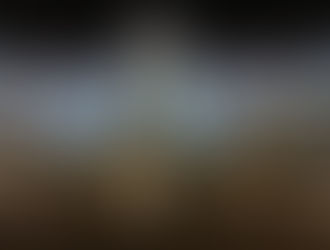Politics of beautification in the city
- isobelaraujo
- Jan 18, 2018
- 3 min read
“In this report I want to ask, specifically: how can internalizing the deep historical spatial logics of the ‘ghetto’, the ‘plantation’, the ‘colony’ and the ‘reservation’ push UPE to wrestle with both the racialization of uneven urban environments and also the abolition of white supremacy from the metabolic processes that produce racially uneven urban environments?”- Urban Political Ecology II, The abolitionist century, Nik Heynen 2016


Drawing from UPE’s theorization of the city as a natural environment, I think that it is interesting and useful to examine how urban environments, particularly post-industrial urban landscapes, are often imagined as places that need to be beautified. The way we perceive urban environments as “ugly” and as blank canvases that need to be filled with artwork that ascribes to a certain standard of beauty can be deconstructed using the UPE metaphor of the city as a “natural” landscape with a metabolism, and colonial attitudes towards natural, unenclosed lands. How and why are the concepts of a “blank canvas” and “beauty” are constructed in the city?
The photo above is of a stained glass window, part of an art installation at the Columbia Heights Metro stop, commissioned by WMATA in 2002, titled “Sankofa II”. The word “sankofa,” from the Akan tribe in Ghana, is meant to represent the wisdom in looking to the past to build towards the future. The relative abstractness of the piece, combined with a title that may or may not allude to the changing neighborhood, is difficult to interpret. Other murals and mosaics in the area represent varying degrees of abstract, culturally representative, and surrealist art. While walking around the neighborhood, I noticed that at the heart of the commercial corridor in Columbia Heights, where the Target, the Metro, and various other chain restaurants and businesses are centered, the two most visible public art pieces are very abstract- stained glass windows around the metro, and mosaic patterns on the sidewalk and lining the fountain in the plaza on 14th. Further away from the commercial corridor, closer to many of the schools, childcare centers, and other community institutions, murals depict portraits of schoolchildren or local youth, with quotes about the heritage and strength of the community. These murals also tend to be painted by local youth in partnership with local community institutions. The more commercial the area, the more abstract (and less overtly political) public art becomes.
What exactly are the motivating factors behind municipal governments pushing for public art and beautification initiatives? In 2009, the District released its Public Art Master Plan, with a key component of this plan being building the “creative capital” of the city, in addition to ensuring that the initiative “play[s] a leading role in shaping the visual character and public realm of the revitalized and reinvented city”. While I find it encouraging that the city is aiming to support and facilitate a strong network of local artists and art that reflects the cultural identity of specific communities, I am also wary of larger-scale, government-run production of art.
This exemplifies a certain dilemma- both the public and private sectors selectively support and fund public art that either celebrates culture that will be used to market an area to tourists, or fill the area with abstract adornments in a commercial corridor with less cultural representation. The goal of each strategy is to extract value from the landscape. Of course, this is a very negative perspective on the topic, and doesn’t fully take into account the general benefits of public art to urban communities- but a critical perspective can be beneficial when deciding how to move forward with new community art initiatives.


























Comments